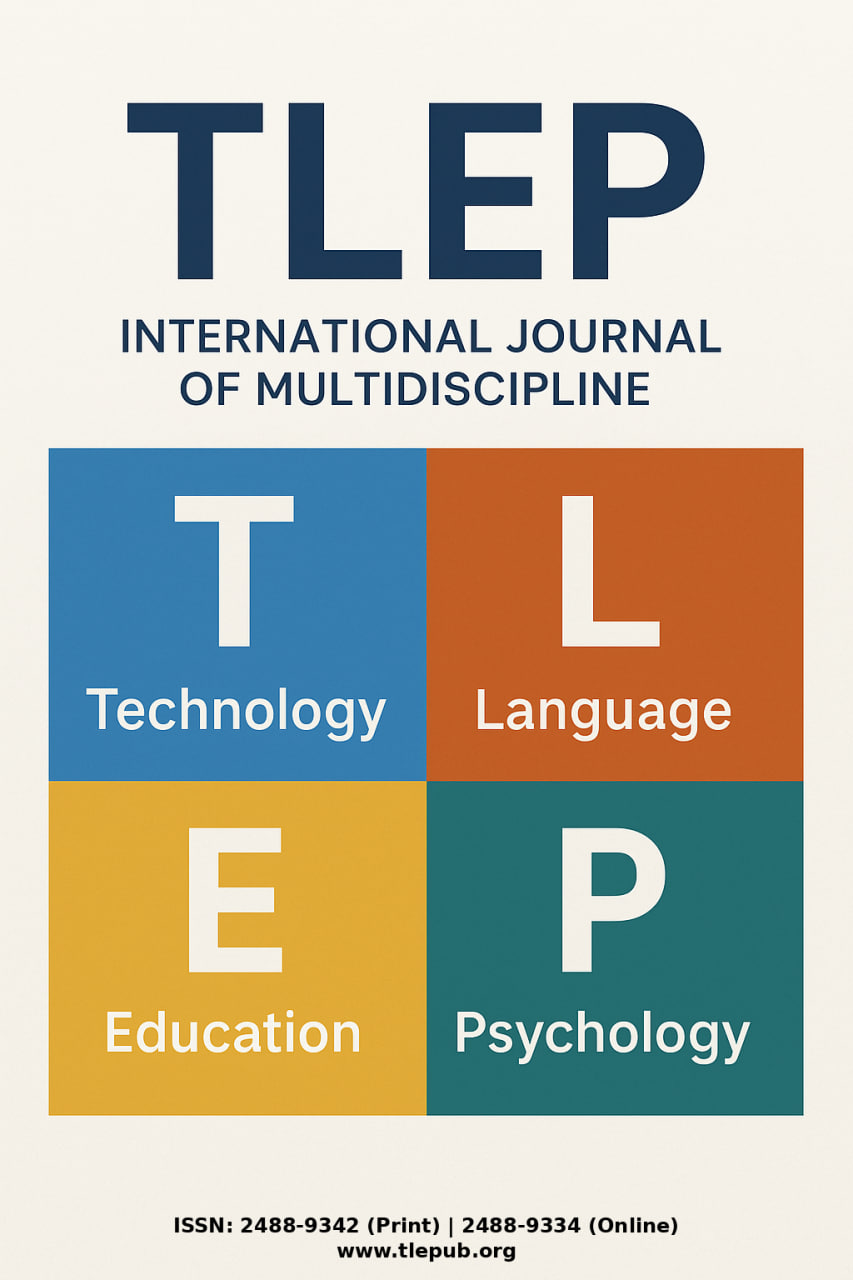Discursive Specifics of Human–Machine Interaction in Contemporary Digital Communication
Keywords:
human-machine interaction, digital discourse, computational linguistics, artificial intelligence communication, pragmatic adaptation, conversational AI, linguistic anthropomorphization.Abstract
The proliferation of artificial intelligence and machine learning technologies has fundamentally transformed the landscape of digital communication, creating new paradigms of human-machine interaction (HMI) that demand systematic linguistic and discursive analysis. This research examines the specific discursive characteristics that emerge when humans engage with intelligent machines through various digital platforms, including chatbots, virtual assistants, and AI-powered communication systems. Through a mixed-methods approach combining computational linguistics analysis, discourse analysis, and qualitative content analysis of human-machine conversations across multiple platforms, this study identifies distinct linguistic patterns, communicative strategies, and pragmatic adaptations that characterize contemporary human-machine discourse. The findings reveal that human users exhibit specific discursive behaviors when interacting with machines, including simplified syntactic structures, increased use of imperative forms, reduced linguistic complexity, and adaptive politeness strategies. Furthermore, the study demonstrates that machine responses increasingly incorporate human-like discursive markers, creating a hybrid communicative space that challenges traditional boundaries between human and artificial discourse. The implications of these findings extend beyond computational linguistics to encompass broader questions of digital literacy, human-computer interaction design, and the evolving nature of communication in an increasingly automated world.
References
Brahnam, S., & De Angeli, A. (2012). Gender affordances of conversational agents. Interacting with Computers, 24(3), 139-153. https://doi.org/10.1016/j.intcom.2012.05.001
Gambino, A., Fox, J., & Ratan, R. A. (2020). Building a stronger CASA: Extending the computers are social actors paradigm. Human-Machine Communication, 1, 71-85. https://doi.org/10.30658/hmc.1.5
Guzman, A. L. (2019). Voices in and of the machine: Source orientation toward mobile virtual assistants. Computers in Human Behavior, 90, 343-350. https://doi.org/10.1016/j.chb.2018.08.009
Jurafsky, D., & Martin, J. H. (2020). Speech and language processing: An introduction to natural language processing, computational linguistics, and speech recognition (3rd ed.). Pearson.
Murgia, E., Janssens, O., Demeester, P., & Cramer, H. (2016). The effect of context on social presence and believability of a conversational agent. Proceedings of the 18th ACM International Conference on Multimodal Interaction, 501-508. https://doi.org/10.1145/2993148.2993190
Norman, D. A. (1988). The psychology of everyday things. Basic Books.
Shneiderman, B. (1987). Designing the user interface: Strategies for effective human-computer interaction. Addison-Wesley.
Weizenbaum, J. (1966). ELIZA—a computer program for the study of natural language communication between man and machine. Communications of the ACM, 9(1), 36-45. https://doi.org/10.1145/365153.365168
Downloads
Additional Files
Published
Issue
Section
License
Copyright (c) 2025 Both journal and authors

This work is licensed under a Creative Commons Attribution 4.0 International License.





